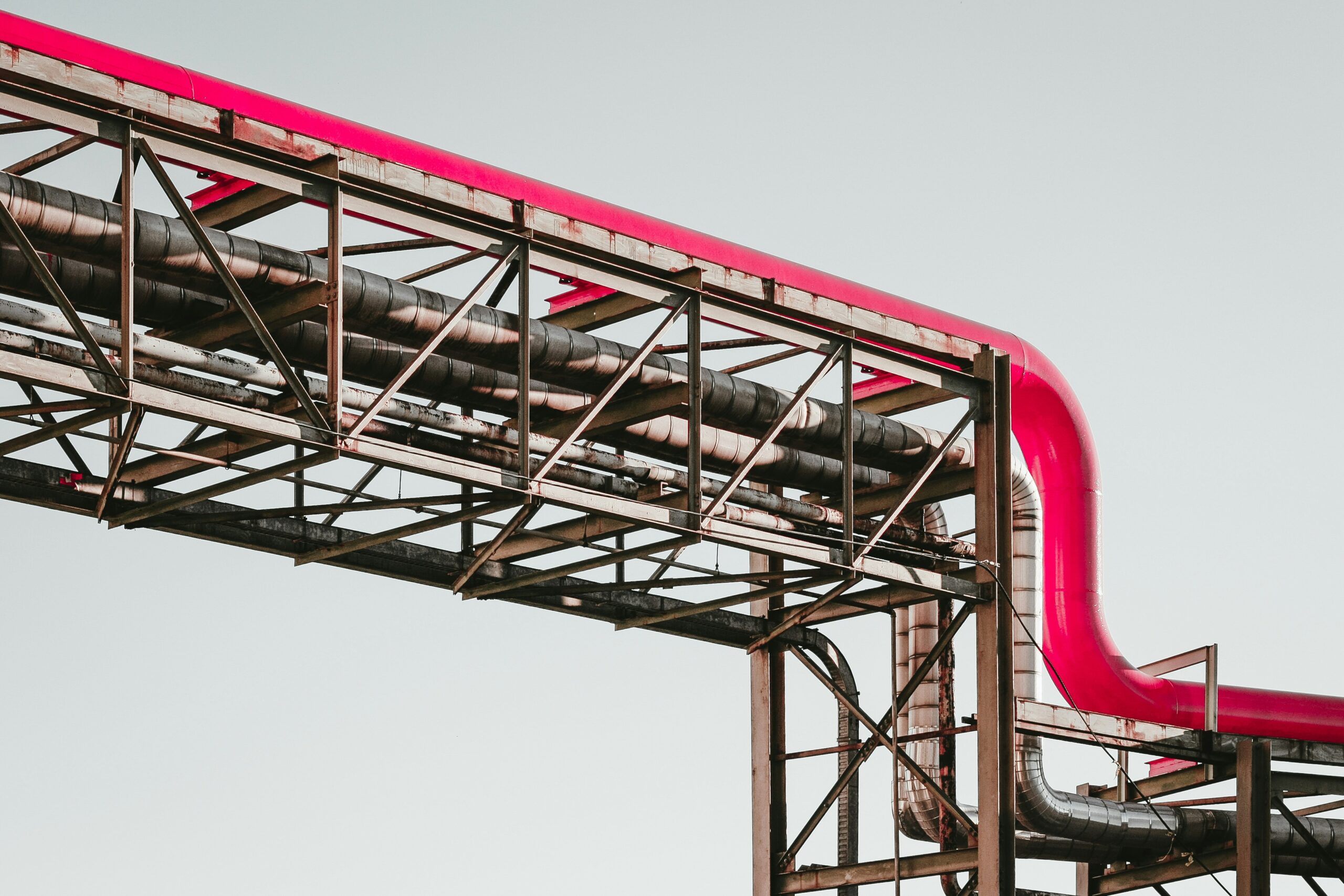The world relies heavily on natural gas power plants for electricity generation. But within this category, there are two main players: simple-cycle and combined-cycle plants. While both use natural gas as fuel, there’s a significant difference behind the scenes – the piping.
This blog dives into the world of power plant piping, explaining why combined-cycle plants require a whole new level of pipe quality compared to their simple-cycle counterparts.
Built for Heat: Simple-Cycle Needs
Imagine a simple machine that burns natural gas to spin a turbine, generating electricity. That’s the basic idea behind a simple-cycle plant. The piping in this system primarily deals with hot exhaust gases. Regular carbon steel pipes, the workhorses of many industrial applications, can often handle these conditions.
Double Duty, Double the Challenge: Combined-Cycle Complexity
Combined-cycle plants take things a step further. They not only utilize the hot gas from the initial combustion but also capture the waste heat to generate steam. This steam then powers a separate steam turbine, squeezing out additional electricity from the fuel.
This more complex process introduces a new set of challenges for the piping system:
- Higher Pressure and Temperature: The steam cycle in a combined-cycle plant operates at significantly higher pressures and temperatures compared to the exhaust in a simple-cycle plant. Regular carbon steel just won’t cut it.
- A Network of Pipes: Combined-cycle plants have a more intricate piping network. In addition to the gas piping, there’s a whole new set of pipes for water, high-pressure steam, and condensate. Each of these fluids requires specific piping materials and construction based on their unique characteristics.
Material Matters: Building Tough Pipes
To meet these challenges, combined-cycle plants require higher quality industrial piping. Here’s a breakdown of the key differences:
- Material Selection: Simple-cycle plants might use standard carbon steel pipes, but combined-cycle plants often need higher-grade alloys or even stainless steel in crucial sections, especially those handling superheated steam.
- Pipe Wall Thickness: Imagine a balloon – the higher you inflate it, the thicker the walls need to be. Similarly, piping in combined-cycle plants may have thicker walls to handle the greater pressure compared to those in simple-cycle plants.
- Welding Expertise: Flawless connections are paramount in high-pressure environments. More sophisticated welding techniques that ensure stronger and more reliable connections become necessary for critical piping sections in combined-cycle plants.
The Takeaway: Investing in Quality
The increased pressure, temperature, and complexity of the combined-cycle system necessitate higher quality industrial piping. This ensures the safe and efficient operation of these powerhouses, keeping our homes and businesses lit.
So, the next time you flick on a light switch, remember the unseen network of pipes working tirelessly behind the scenes, especially in combined-cycle plants, where the quality of those pipes truly matters. While combined-cycle plants take center stage, companies like Ansgar ensure their efficient operation with high-grade pipes and industry expertise.
